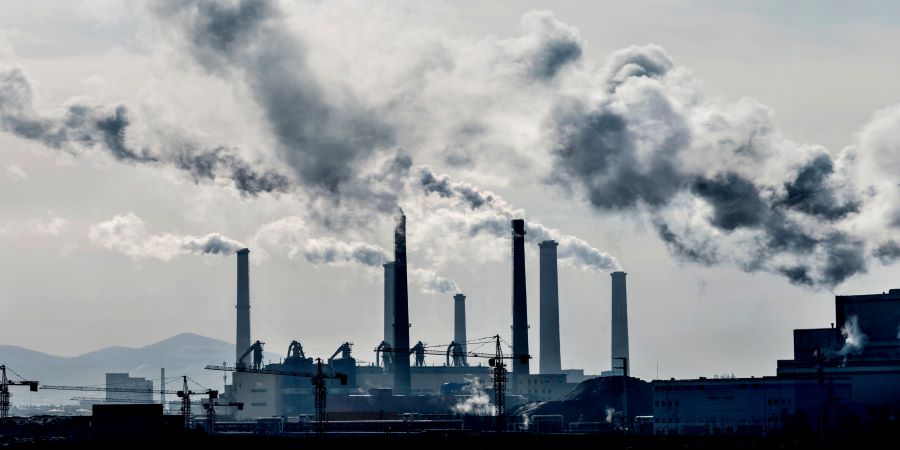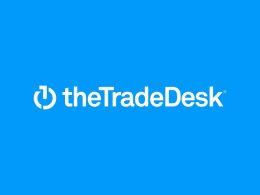by Kristina Hooper, Invesco Canada
The floodgates are opening. Companies are beginning to warn that the coronavirus outbreak will impact earnings, and stocks have begun to react negatively. Yesterday, Apple announced that the contagion will cause it to miss revenue forecasts for the quarter. The problems are on both the sales and production ends: Most Apple stores in China remain closed, and while Apple factories there have reopened, they are not operating at full capacity but instead are slowly ramping up production. In addition, Tesla and Alibaba have recently provided coronavirus-related earnings warnings. Alibaba has gone so far as to label the coronavirus outbreak a “black swan event.”
Investor worries expand beyond tourism industry
Many investors had been focusing on the front lines of the epidemic – the impact on tourism and transportation. And those are very legitimate concerns, especially given that airlines such as United and American have announced they won’t resume regular service to China until April 24 – and there’s always the possibility that date could be pushed back. But now, the fact that this contagion will have an impact on both production and demand for a variety of industries is becoming front and center in investors’ minds.
Many factories in China remain closed, and that is sending shock waves through the supply chain. For example, Nissan was temporarily forced to close a factory in Japan because of a shortage in Chinese components. The Chinese automakers’ association is even forecasting that auto sales in China are likely to drop more than 10% in the first half of the year.1
In addition, the impact of the coronavirus has been significant enough that OPEC cut its forecast for global growth in oil demand this year. Of course, this should not come as a surprise: China consumes far more oil today than it did during the SARS outbreak in 2003, and so it’s going to have a bigger impact on oil demand.
Many questions remain about the virus
The most difficult part of this situation is not having full information on this particular virus – how quickly a vaccine can be created, how significantly the virus may be able to mutate, and most importantly, how quickly the virus can be contained. The conventional wisdom thus far has been to assume a trajectory similar to that of SARS. However, last week the World Health Organization Director-General cautioned against assuming the situation would be under control by April, suggesting it could still go “in any direction.” We are certainly encouraged by reports that infection rates are slowing at the epicenter of the coronavirus, but we are following the situation closely.
Despite these unanswered questions, I continue to believe that governments such as China and the U.S. will provide the policy support needed to combat the effects of this epidemic. China continues to provide significant monetary policy stimulus, including in the last several days. And last week, in his testimony before Congress, Federal Reserve Chair Jay Powell acknowledged the coronavirus threat, recognizing it will impact China and many of its trading partners – including, most likely, the U.S. Powell even left the door open to the possibility that the effects could be significant enough to lead to a “material reassessment of the outlook.” We do believe the Fed stands ready to act and provide one or more “insurance cuts” in the face of the contagion.
We believe we are looking at the situation with eyes wide open. We recognize that earnings of many companies will be impacted in the short term. We expect China’s economic growth in at least the first quarter to likely fall significantly. However, we have confidence that policy support will be adequate and do believe the economy will snap back as the contagion stabilizes – we see it behaving similarly to a coiled spring because of pent-up demand and positive sentiment around the U.S.-China Phase 1 trade deal. We are confident this will happen – we just don’t know when. And so there may be some pain before the situation improves. This suggests investors wait and watch for buying opportunities that may present themselves.
This post was first published at the official blog of Invesco Canada.













